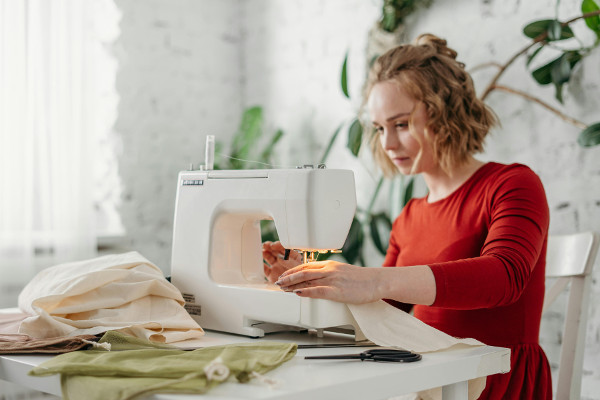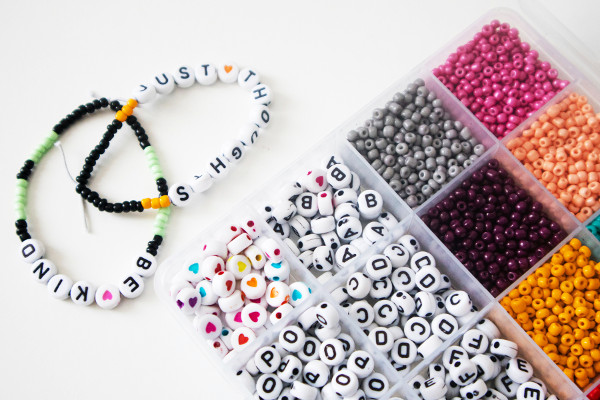How to Learn Knitting? - Most Common Questions Answered for Beginners
Knitting is a creative and relaxing craft that’s perfect for beginners looking to explore their artistic side. Whether you're just starting or need a little guidance along the way, this guide answers 15 of the most common questions about learning to knit. From mastering basic stitches to fixing mistakes and selecting the right yarn, these answers will help you build confidence and develop your skills. So grab your needles, get comfortable, and let's dive into the wonderful world of knitting!
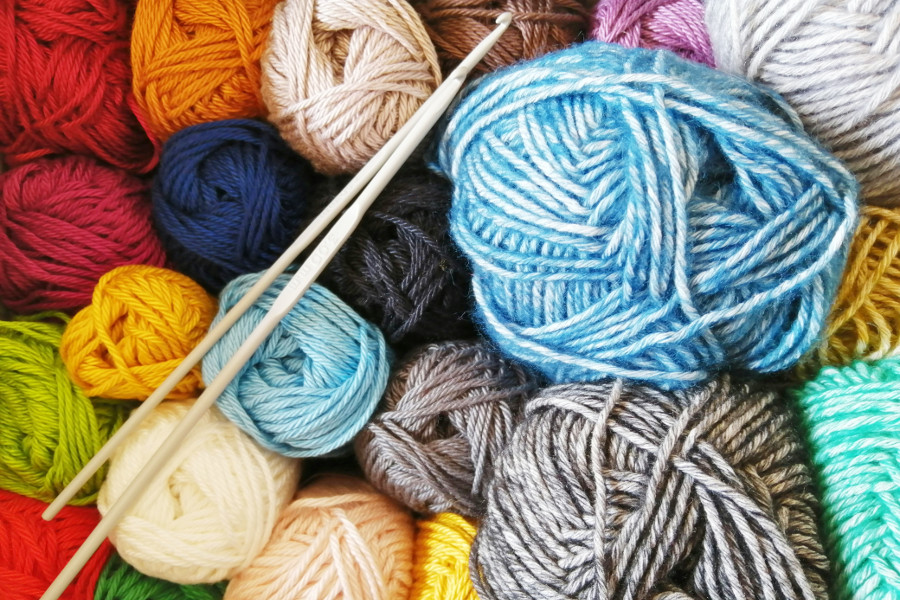
What is knitting?
Knitting is a timeless craft where yarn is turned into fabric through the simple yet intricate motion of interlocking loops with needles. It’s one of the most relaxing hobbies, allowing us to craft everything from cozy scarves to beautiful blankets, all while keeping our hands busy. With knitting, we’re essentially building a fabric stitch by stitch, weaving yarn into art. It connects us to something ancient, almost meditative. The best part? Once you learn the basic knit and purl stitches, the possibilities are endless. You can create whatever your imagination dreams up, making knitting not just a hobby, but a way of expressing your creativity.
A popular resource page for beginners can be found on the TECHknitter blog. It encompasses a large area of techniques and practices.
How do I start learning to knit?
Getting started with knitting doesn’t require much – just a pair of needles and some yarn. Begin with the basics: cast on some stitches, and then learn the fundamental knit and purl stitches. Start with something simple like a scarf, a project that requires little shaping, but plenty of practice. Don’t worry about mistakes! Every little hiccup is part of the learning journey. There’s a treasure trove of online tutorials and beginner classes that guide you step by step. So, grab your yarn, hold those needles, and get ready to learn one stitch at a time. It’s that easy!
Is knitting difficult to learn?
Knitting may seem tricky at first, but it's surprisingly easy to pick up with a little patience. Initially, you might feel like you're struggling to hold the needles or manage the yarn, but once you get the hang of the basic stitches, things will fall into place. The real beauty of knitting lies in its simplicity – the same two stitches are repeated over and over to create stunning designs. It’s all about practice and giving yourself permission to make mistakes along the way. Soon, knitting will feel as natural as breathing, and you’ll be amazed at how quickly you progress!
There are many tutorial videos to give you an idea of what technique and practice looks easy and which ones are more advanced. The Youtube channel Knitting with Suzanne Bryan offers great insight and tips for all levels. Another popular channel for knitters is Roxanne Richardson's channel with her Technique Tuesday and Casual Friday videos.
What materials do I need to begin knitting?
All you need to start knitting is yarn, needles, and a pair of scissors. For beginners, opt for medium-weight yarn (like worsted) and medium-sized needles (US size 8 or 5mm). These materials are easy to manage and ideal for learning. A smooth, even yarn will make it easier for you to see your stitches clearly, and medium needles are just the right size for beginners to hold comfortably. You might also want a tapestry needle to weave in any loose ends once your project is finished. The most important thing is to keep it simple – you don’t need a lot of fancy tools to begin your knitting journey.
How long does it take to learn how to knit?
Learning knitting isn’t a race. It’s about getting comfortable with each step, stitch by stitch. Some people will get the hang of it in a few hours, while others might take a few days to truly feel confident. It depends on how much time you spend practicing. Basic techniques like casting on, knitting, and purling can be learned relatively quickly, but becoming proficient and comfortable with your skills takes time. It’s all about consistency. So, if you knit a little every day, you’ll see noticeable progress in a matter of weeks, and soon you’ll be creating projects with ease.
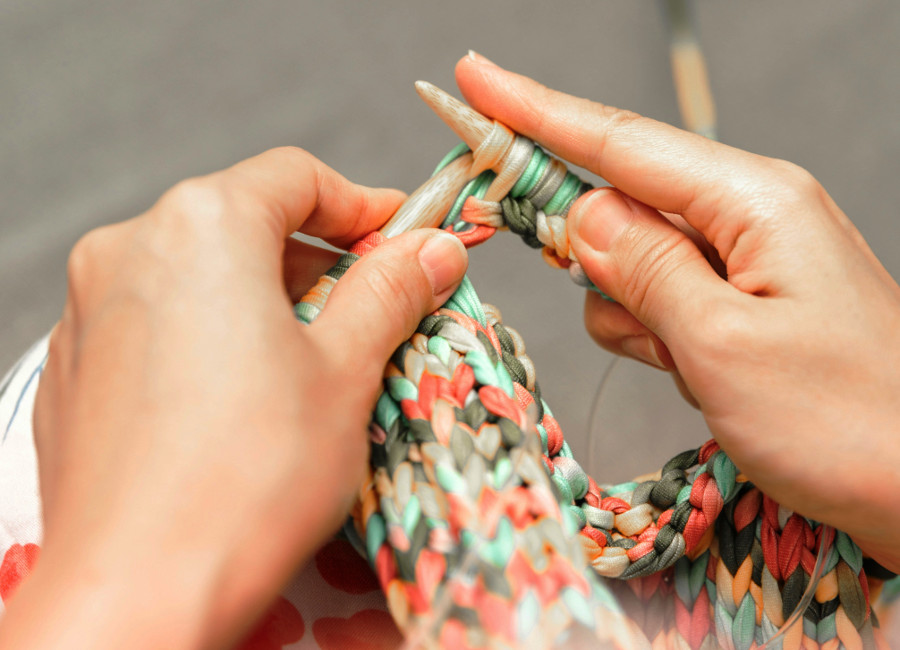
What are the basic knitting stitches?
In knitting, two basic stitches form the foundation of everything you’ll create: the knit stitch and the purl stitch. The knit stitch creates a smooth texture on the front of your fabric, while the purl stitch gives you a bumpy, textured effect. These two stitches are the building blocks of almost every knitting pattern. You can combine them in various ways to create intricate patterns, such as ribbing, seed stitch, or even cables. The more you practice, the more patterns you’ll be able to explore, and you’ll start to see the magic of knitting unfold as you grow more confident with these stitches.
How do I read a knitting pattern?
Knitting patterns might look a bit mysterious at first, but once you break them down, they’re not as complicated as they seem. Patterns provide a series of instructions with abbreviations that tell you what to do. For example, “k” stands for knit, “p” stands for purl, and “CO” means cast on. Most patterns also tell you how many stitches to start with and how many rows to knit. Some may even include charts or diagrams to make things clearer. Don’t be intimidated – read through the entire pattern first, then follow the steps one by one. It’s like a treasure map, guiding you to the finished project.
What are the easiest knitting projects for beginners?
Starting with small, simple projects is the best way to get comfortable with knitting. Scarves, dishcloths, and blankets are all excellent beginner projects because they usually require you to repeat basic stitches without any complicated shaping. Once you’ve learned how to cast on, knit, and purl, you can dive into creating these functional pieces. And don’t worry about perfection – the goal is to get comfortable with your new skills. These projects are a perfect introduction to knitting, and soon, you’ll be ready to tackle more complex designs as you gain confidence.
How do I fix mistakes in my knitting?
Mistakes happen. It’s part of the learning process. The good news is that most knitting mistakes are fixable. If you drop a stitch, simply use a crochet hook or a knitting needle to pick it back up and continue knitting. If you make a bigger mistake, you may need to unravel a few rows (sometimes called “frogging”) and redo them. Don’t stress – every mistake is an opportunity to learn. In fact, learning how to fix mistakes is an essential skill that will make you a stronger knitter in the long run. So, embrace the imperfections, because they’re just stepping stones to improvement.
What is the difference between knit and purl stitches?
Knit and purl stitches are like the yin and yang of knitting – they balance each other out to create endless possibilities. The knit stitch is worked by inserting the needle into the front of the stitch, creating a smooth texture on the front of the fabric. The purl stitch, on the other hand, is worked by inserting the needle from the back, creating a bumpy texture on the front. Together, these stitches form the foundation for all knitting patterns. By combining them in different ways, you can create designs ranging from simple garter stitch to intricate cables and lace patterns.
How do I choose the right yarn and needles for my project?
Choosing the right yarn and needles is crucial for a successful project. For beginners, a medium-weight yarn (like worsted weight) paired with medium-sized needles (US size 8 or 5mm) is a safe choice. This combination is easy to handle and allows you to see your stitches clearly. Always check the yarn label for recommended needle sizes – it will give you a good starting point. If you’re following a pattern, make sure to match the recommended yarn and needle sizes to ensure the project turns out as planned. Yarn comes in many textures, so experiment to find what feels best for you.
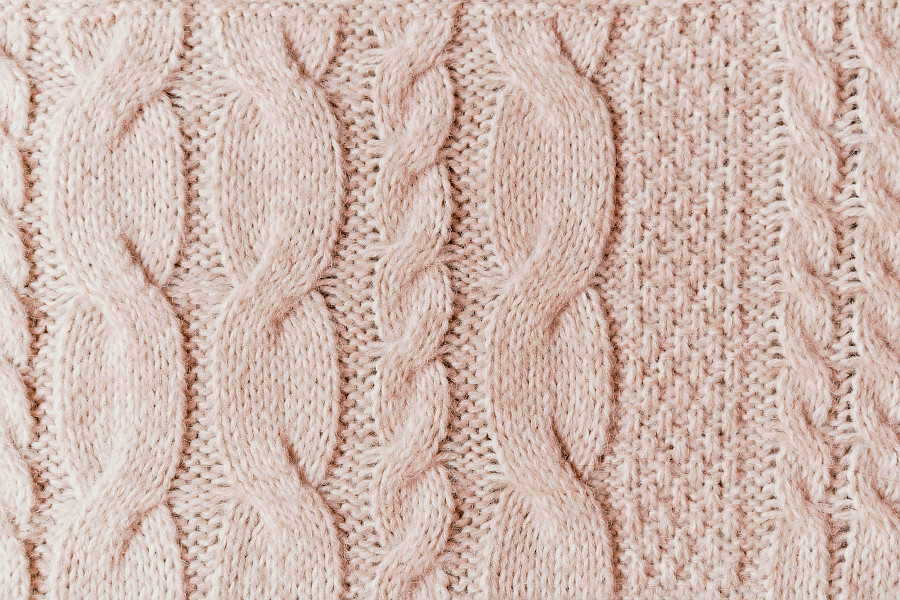
Can I knit without using a pattern?
Absolutely! Once you’ve got the basics down, you can definitely knit without a pattern. This is known as "freeform" knitting, and it’s a fantastic way to let your creativity flow. You can start by knitting a simple piece, like a rectangle, and then shape it however you like. If you want to try something more adventurous, just mix and match knit and purl stitches to create your own textures. The beauty of knitting without a pattern is that there are no rules, just the freedom to experiment and see where your imagination takes you. It’s knitting with no boundaries.
How do I join new yarn to my project?
Joining new yarn to your project is easy once you get the hang of it. To start, leave a few inches of the old yarn, then simply place the new yarn where the old one ends. You can tie them together with a small knot, and continue knitting as usual. If you’re looking for a more seamless option, try the Russian join or spit splice methods, which allow you to join the yarn without any visible knots. Either way, once you’re finished, be sure to weave in the ends with a tapestry needle to keep everything neat and tidy.
What are some common challenges beginners face in knitting?
Beginners often encounter a few common hurdles: dropped stitches, uneven tension, and the occasional pattern mishap. Dropped stitches are easy to fix with a crochet hook or a needle, so don’t worry if it happens. Uneven tension can be tricky, but it’s all about practice and finding a rhythm that works for you. Patterns can be confusing at first, but once you get used to reading them, they’ll become second nature. The key is to keep at it, because every challenge is just a stepping stone to becoming a more skilled and confident knitter.
Where can I find resources or classes to learn knitting?
The internet is your best friend when it comes to learning knitting. There’s a wealth of free tutorials on YouTube, covering everything from the basics to advanced techniques. Ravelry is another fantastic resource where you can find patterns, join communities, and ask for advice. Many local yarn shops offer beginner classes, which is a great way to get hands-on instruction. If you’re more of a book person, there are countless knitting guides available online or in bookstores. Don’t forget social media, where you can find a global community of knitters to share tips and inspiration with.

